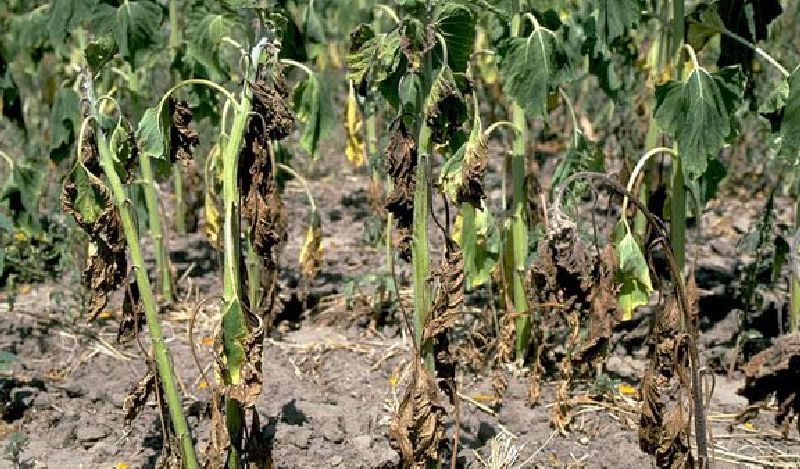Not all of us have green thumbs but that shouldn’t stop you from achieving your dream of a beautiful, productive garden. There’s a lot to learn when you’re just starting out but gardening is fun and worthwhile. You may make some mistakes and poor decisions along the way but that’s just part of the adventure. But to save you from that, here are some of the most common mistakes that novice gardeners make and some tips on how to avoid them.
10 Most Common Gardening Mistakes:
This Content Is For Registered Members Only
Free To Register
Login or Register To Unlock The Content!
1. Starting Too Big
Don’t bite off more than you can chew. Patience is important in gardening. You should start out with easy to grow plants like tomatoes, onions, squash, lettuce, spinach, parsley and beans.
2. Having No Clue About The USDA Hardiness Zone
Knowing which zone you belong in will save you time and money from buying seeds that won’t grow well in your area. Aside from that, you should know the right time to sow your seeds. Find out which USDA Hardiness Zone you belong in here.
3. Clueless Watering
Most new gardeners have no clue about the correct way to water plants. They over water and drown their plants or don’t water enough and dry them out. To avoid this, check the soil regularly to avoid drying the plants out. You can do this by sticking your finger in the ground up to the second knuckle. If it’s dry, then it’s time to water. However, every plant has different moisture requirements. Some plants need to be consistently watered while others prefer to be a little bit dry. Gather this kind of information about your plants before planting them.
4. Planting In The Wrong Location
In addition to knowing a plant’s moisture requirements, you should also know its other preferred growing conditions such as the amount of sun it needs and the amount of moisture in the soil it likes. Learn to evaluate your garden and grow the plants that are suited to it. You should know that plants growing in the wrong conditions become stressed and stressed plants attract pests and are more vulnerable to diseases.
5. Overcrowding
Not giving plants enough space is also a common mistake that newbie gardeners make. Pay attention to the instructions on seed labels or in your plant catalog or consult a more experienced gardener friend. You don’t want a mess of tangled shrubs or overcrowded plants competing for nutrients and sunlight. You can still find ways to maximize the space between plants though. If you have perennials for example, you can plant some annual plants between them in the first couple years and just remove them when the perennials have need for the space.
6. Using Too Much Fertilizer
Plants need fertilizer to help them grow healthy but putting too much fertilizer, as well as the wrong type, have negative effects on plants. For example, leafy vegetables such as cabbages and lettuce require higher amounts of nitrogen for top growth however this will delay ripening. The same effect goes on root crops such as potatoes where there can be great top growth but delayed development of tubers.
7. No Soil Preparation
Enough soil preparation is important for plants to thrive. Simply cleaning the planting area is not enough. Before planting anything, you should loosen at least one-foot deep of soil and mix it with compost. You can even have your soil tested to know which nutrients your soil is lacking so that you can make the necessary adjustments.
8. Incorrect Planting Depth
The general idea is that larger seeds need to be planted more deeply. If you plant seeds too deep or too shallow, they may fail to sprout. Pay attention to seed packet labels; they usually indicate the required depth.
9. Not Mulching
Mulches like leaves and wood chips help keep soil moisture by reducing evaporation. It makes plants happily growing by keeping the roots cool. It prevents weed growth and as it decomposes, it adds nutrients to the soil. However, be light with mulching. Too much of it may cause the seed sprouts to tire out while trying to reach the sunlight.
10. Letting Weeds Grow
We all know that weeds are bad for the plants and we have to get rid of them so they won’t compete for the nutrients. But some make the mistake of letting the weeds grow before removing them and this disrupts the plant’s roots. Pull weeds out early and often while they’re still small.
